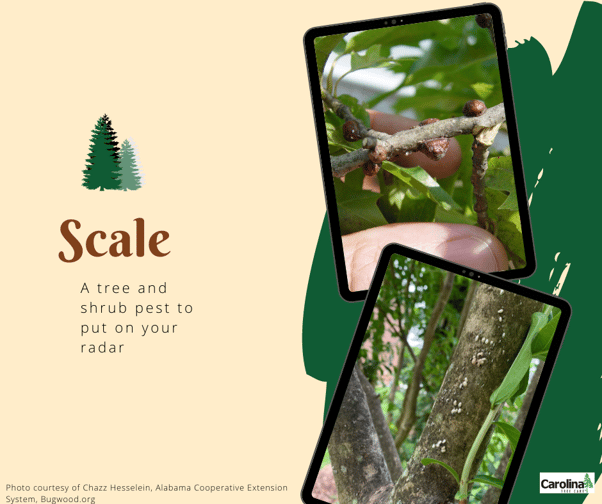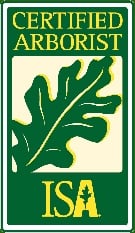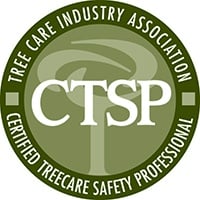It may start with a white or gray waxy crust on your crape myrtle's stems, twigs, and trunks.
Then, a sticky substance coats your tree and drips onto anything below.
Annoying ants, flies, and wasps come next, attracted to the sticky mess.
A black mold moves in after that, ruining your tree's look.
And all the while, your tree is losing its vigor and has a lot fewer flowers than it did last year.
Who knew such tiny insects could do so much damage?
We're talking about scales this week and why you need to watch out for them in the upcoming months, especially if you have crape myrtles.
The difference between armored and soft scales
Scales are insects that are notoriously difficult to detect because they're tiny and because of their immobility. Once they find a good feeding spot, they stay there. They start out life with legs and antennae, but those disappear once they've settled at a feeding location. You may think they're just part of the tree — not that they're living organisms feeding on your tree.
There are two main types of scales: armored (or hard) scales and soft scales. Armored scales have a hard, waxy shell. Using their specialized mouthparts, armored scales burst open individual plant cells and feed on what's inside.
The death of those plant cells reduces a tree's ability to perform photosynthesis. It also causes light green, yellow, brown, or white spots to appear on the tree's foliage, a type of damage called stippling. In more extreme cases, the foliage dies and falls off the plant.
Armored scales will also feed on the woody tissue of plants, but that damage is often less obvious.
If you find yourself dealing with honeydew, a sticky substance that can coat tree leaves, branches, and anything that happens to be under your tree, then soft scales may be to blame.
Soft scales don't have the waxy shell. Instead of feeding on individual plant cells, soft scales feed on the sap carried within the phloem tissue of trees and shrubs. This sap mostly consists of sugar produced during photosynthesis.
Honeydew is actually the excrement of soft scales. Because it's a sugary substance, it often attracts other insects like ants, wasps, and flies.
Honeydew also provides a food source for a black fungus called sooty mold. Yes, it will be noticeable, and no, it won't look good.
In some cases, sooty mold can block enough sunlight that it compromises photosynthesis to the point that the tree can't make enough food to sustain itself.
Aphids excrete honeydew, too. Read more about aphids here: Uninvited Visitors: Woolly Aphids.
What types of scale should you look out for in Concord, NC?
Healthy trees and shrubs have natural defenses they can use to fend off low levels of scale. But trees in urban environments are more likely to be stressed, and stress limits a tree's natural defenses. Therefore, the trees and shrubs in our yards are more likely to fall prey to heavy scale infestations.
If you have crape myrtles, like many do in the Concord, NC area, you should definitely be on the look out for crape myrtle bark scale.
Crape myrtle bark scales have a waxy coating and excrete honeydew like soft scales. Sooty mold and/or large numbers of white or gray 1-2 mm specks on your tree's stems, twigs, and trunks will be your signal that an infestation has taken hold. You may also notice fewer flowers, smaller flower cluster size, and lower tree vigor overall.
If you have maples, you should know about gloomy scale. A tree infested with gloomy scales will have bark that looks dark and bumpy. You'll also notice leaf drop, twig and branch dieback, and a thinner canopy.
For more types of scale to look out for in our area, visit this page: I Have Tree Bugs! What's Wrong with My Tree?

The earlier you schedule treatment, the better
We offer soil injection, foliar spray, and basal bark spray treatments to control scales. Soil injections and basal bark spray treatments typically start controlling scales in 2-4 weeks and last for 6-9 months. Foliar spray treatments can start controlling scales in 1-2 days and last for 3-4 weeks.
We can begin treatment for scales via soil injection as early as March. Request a consultation today!
Like what you just read?
Then you'll love this: New Pest to the Southeastern US: Crape Myrtle Bark Scale








